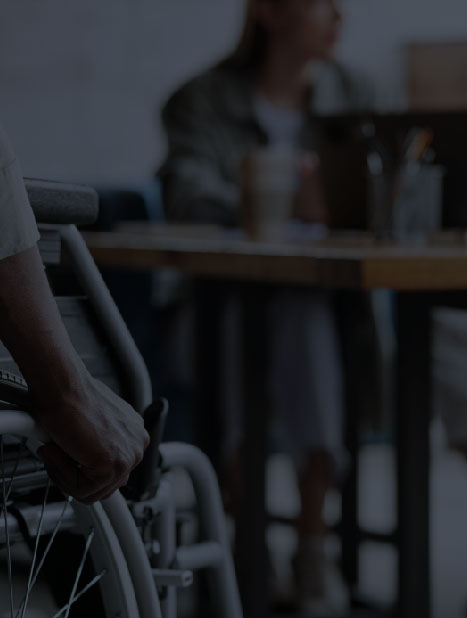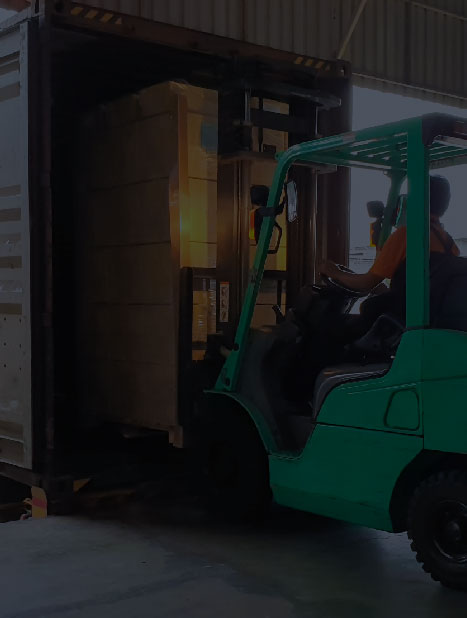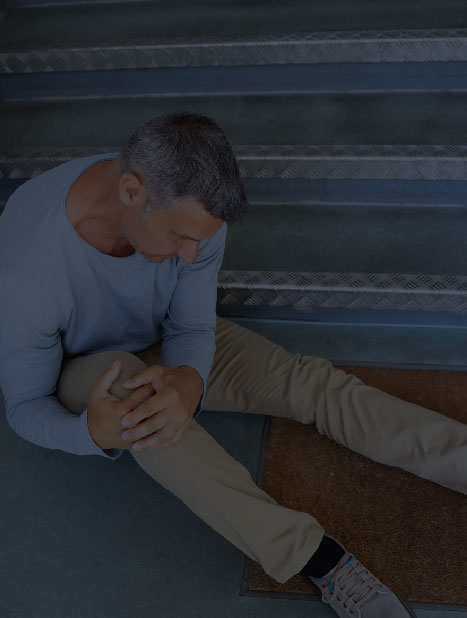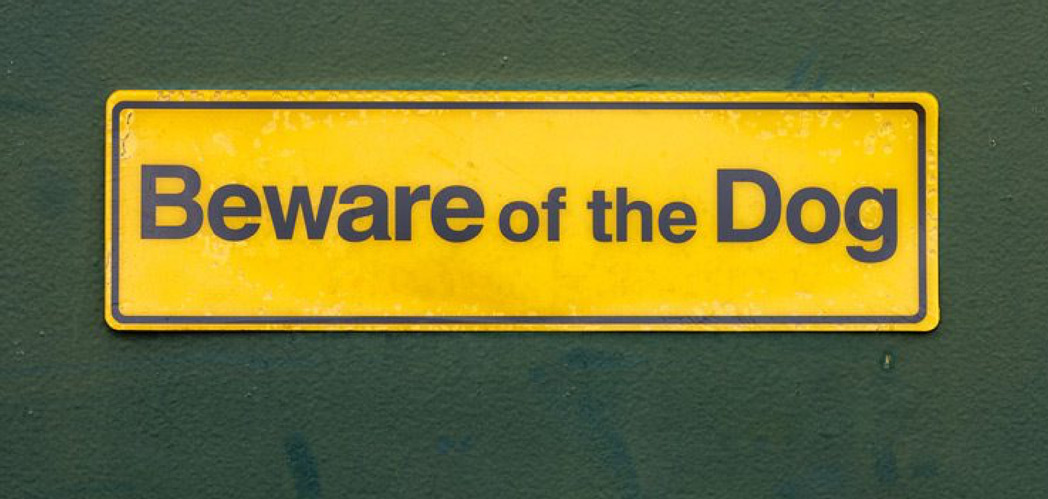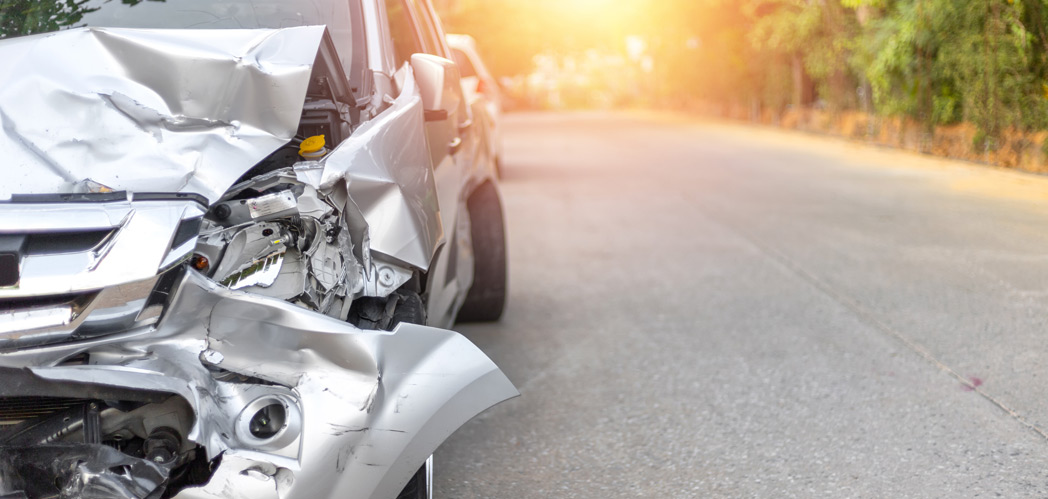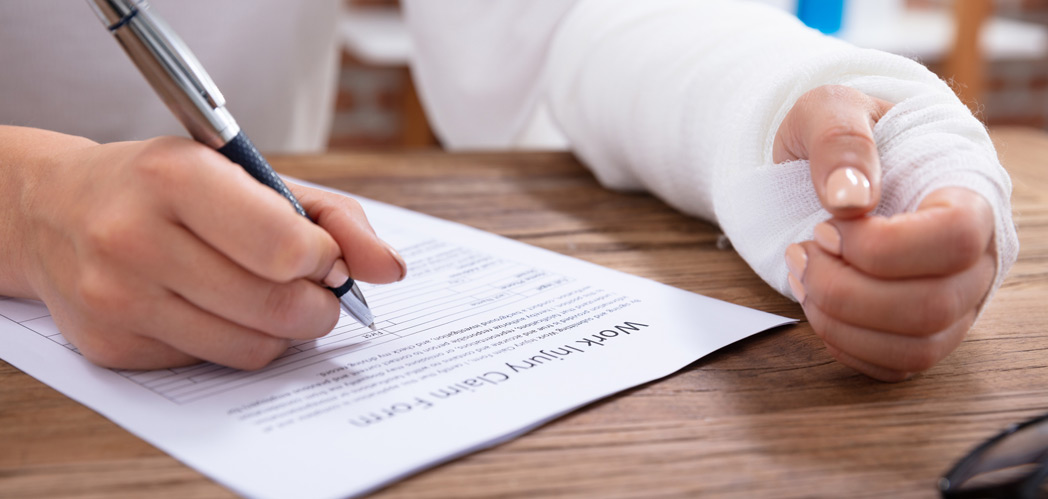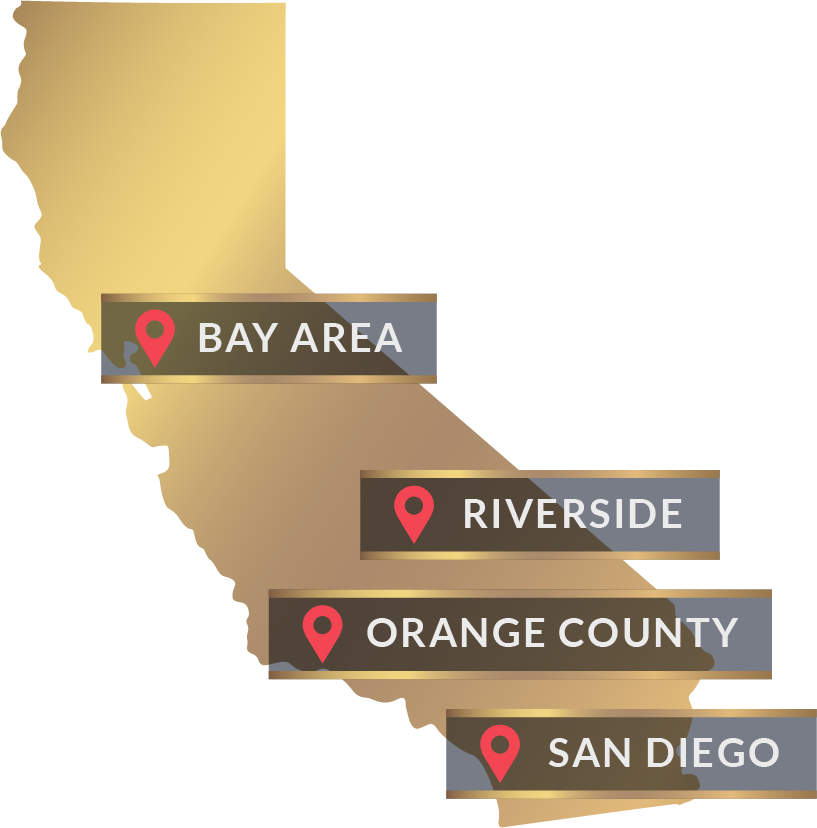
Your Battle, Our Mission!
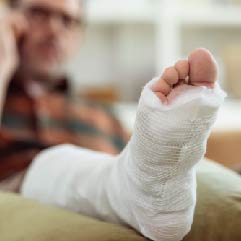
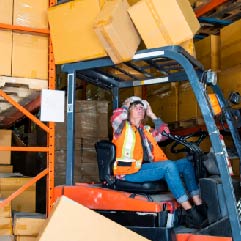
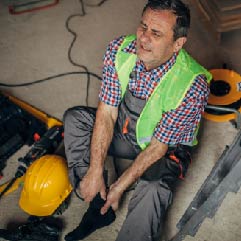
LEGAL EXPERIENCE
SETTLED
RATE
REPRESENTED
Areas of Expertise

We are a workers’ compensation firm representing injured workers in California. Experiencing an injury is frustrating, and we want to help our clients through the often challenging and overwhelming system.
By providing services for workers’ compensation, personal injury, and employment rights, we are able to help families through trying times and get back on their feet after an injury.
At Minaie Law Group, our Southern California workers’ compensation attorneys represent each and every client with passion and dignity. Be assured that we will not only fight for your rights, but also provide you with honest information about what to expect throughout the entire process with our workers’ compensation lawyers and personal injury lawyers.









I had a great experience with Minaie Law Group. They consistently stayed in contact with me about my case, and I felt that they truly cared. I got a result that other lawyers told me wasn’t possible.
This is a great firm. They helped my father-in-law tremendously. Thank you!
Everyone at this firm treated me with respect. The lawyers are great and the staff is professional and kind. Thank you to all.
*All cases are different. Prior results due not guarantee similar outcome on other cases. No guarantees can be made.


